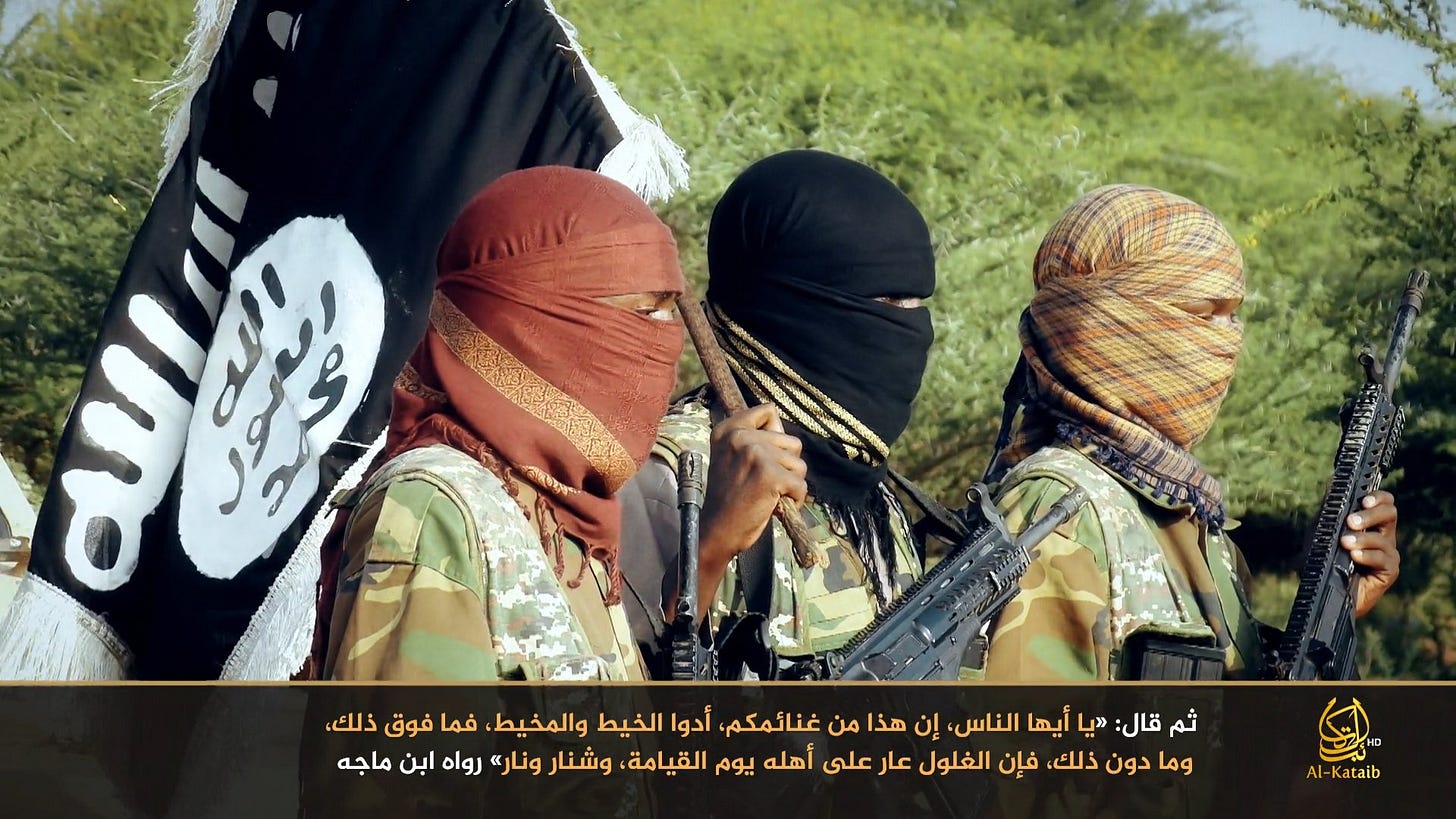The Horn of Africa is a region in chaos. Much attention is currently focused on the Tigray conflict within Ethiopia, and this is also true of the instability caused by the unwillingness of authorities to complete Presidential Elections in Somalia. Given these more conspicuous developments on the Horn, less attention is being paid to security issues in Kenya, and, though the conflicts in neighboring East African countries may eclipse that which currently smolders in Kenya, there are nonetheless compelling reasons to continue to monitor events there. Perhaps chief among them is the interconnectivity of conflicts across borders in the region.
The year 2022 has gotten off to an eventful start in Kenya, with suspected Al-Shabaab militants launching an attack in Lamu County on January 3rd. A total of six people were killed in the attack. And this, however, was simply the latest such incident to occur within the county, with history suggesting that such attacks will continue.
Lamu County has been a target of Al-Shabaab since the Kenyan Defence Forces (KDF) launched Operation Linda Nchi (Protect the Nation) in 2011. It is notable that Kenyan troops were operating in Somalia at the time, and some of the early missions they carried out raised concerns from human rights groups. Further to the point of the ongoing spillover conflict in Kenya, it can be assumed that the Kenyan military presence in Somalia was likewise an impetus for Al-Shabaab to launch operations in Lamu.
The Kenyan presence in Somalia, which created a buffer zone and semi-autonomous province known as Jubaland, incensed the militants, and they decided to retaliate. One of the locations that saw reprisals for the Kenyan Military’s alleged treatment of Muslims was Lamu County. A major attack conducted in 2014 resulted in the deaths of at least 65 people, which prompted the Kenyan government to take greater action.
In 2015, the Kenyan Government launched Operation Linda Boni, a counterterrorism campaign designed to deter the presence of Al-Shabaab. It appears that the operation was fairly ineffective and was allowed to lapse after 2017. The most recent cost estimate for this campaign, released in 2020, came in at 50 billion Kenyan Shillings (441,500,000 USD). What was supposed to have been a 90-day mission appears to have “fallen into Limbo“ after 2017.
One consequence of this period of inactivity was the ascension of a local branch of Al-Shabaab known as Jayash al-Ayman. Some reporting indicates that the group first emerged in 2013. There have been concerning signs suggesting this branch is not only operational in Kenya but operated across the border in Somalia as well. While there has been a lackluster effort by Nairobi to address these security challenges, it has indeed drawn the interest of other nations.
One such interested nation is the United States. From the humanitarian intervention after the collapse of the Siad Barre regime to the Battle of Mogadishu in 1993, which had a negative impact on US Policy for Africa for years, to the defeat of the Islamic Courts Union, events in Somalia retain importance to US security interests.
The security relationship between the US and Kenya has been favorable since the end of the Cold War. Kenya has evolved into the status of being a strategic military and security partner. Since 2017, Kenya has purchased 139 million USD worth of military equipment while receiving a total of 560 million USD worth of peace and security assistance from the United States during 2020. However, Al-Shabaab’s large-scale assault on Camp Simba created a series of problems and raised many questions about US operations in Kenya.
In January 2020, Camp Simba, a KDF installation in Lamu County, which was also hosting US personnel, was attacked by Al-Shabaab. There were reports of destroyed US aircraft that were deployed for ISR Operations over Somali airspace as well as the deaths of three Americans. The major point of contention was whether or not there was adequate security at the facility.
The incident seemingly prompted the Trump Administration to reduce its presence in Somalia with some troops being redeployed to Kenya. The US State Department also took action by designating two key leaders of the Al-Shabaab Kenyan faction as ‘Specially Designated Global Terrorists’. Likewise, the Biden Administration has taken the current situation very seriously, and not only has the Administration sent additional troops to the region, but it has also appointed a new Special Envoy, David Satterfield, for the Horn of Africa.
So, why does the government in Nairobi seem unwilling to properly confront the insurgency in Lamu? This question is especially relevant considering the upcoming Kenyan elections in August. Regardless of whether the persisting insurgency makes its way into the speeches of campaigning politicians, there are no clear signs that the security situation in Lamu County will improve any time soon.



